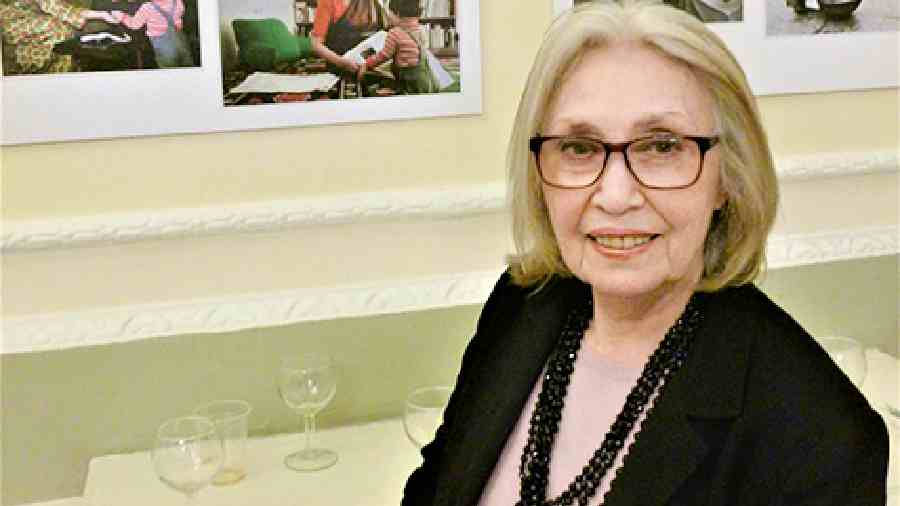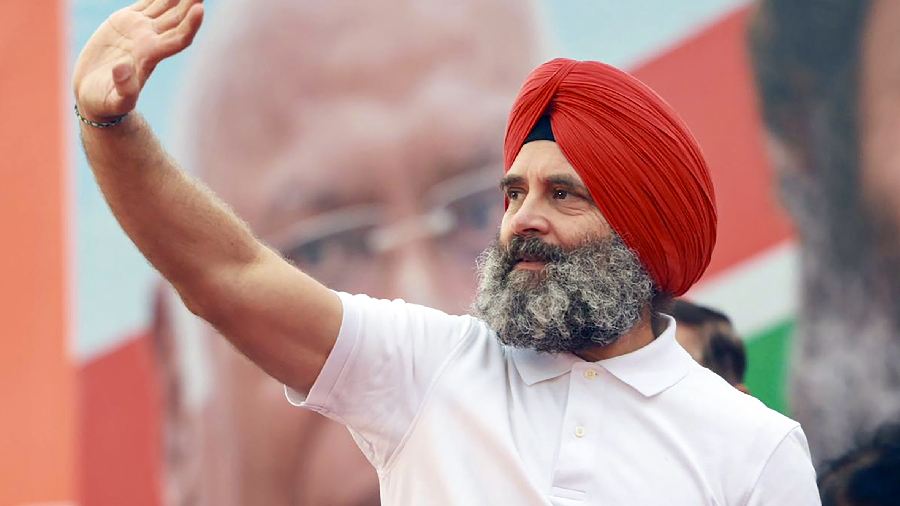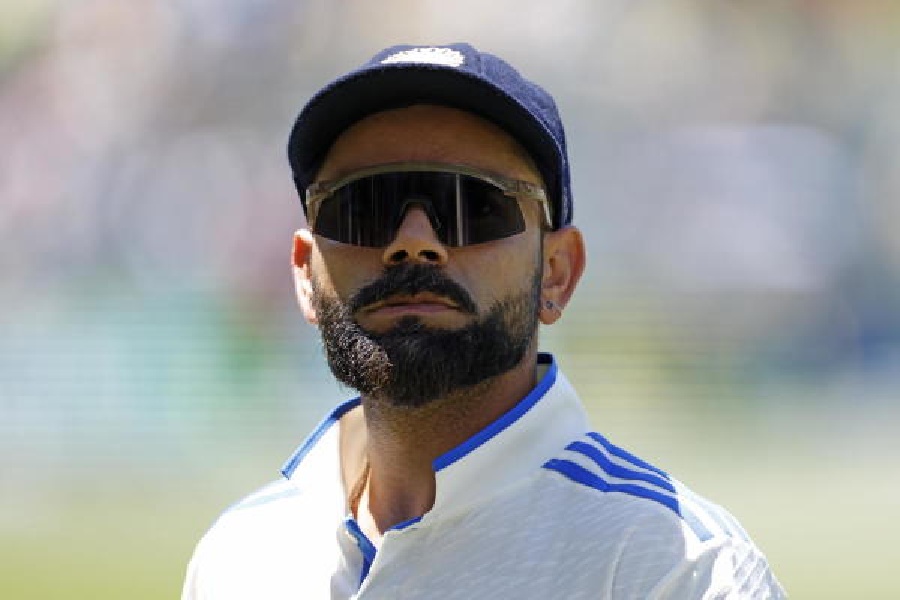The photographer Marilyn Stafford, who was given remarkable access by Indira Gandhi in 1971, has died at her home near Brighton. She was 97.
Stafford got the assignment through her close friendship with Mulk Raj Anand, author of such novels as Untouchable, Coolie and Across the Black Waters, whom she met by chance.
Stafford accompanied Mrs Gandhi often in the same air force plane to military bases, hospitals and mass rallies in Kashmir as the then Prime Minister thanked victorious Indian troops after the short but decisive war which saw the secession of East Pakistan and the creation of Bangladesh.
Although Mrs Gandhi was usually a very private person, she allowed Stafford to take surprisingly intimate pictures of herself, her son Rajiv, daughter-in-law Sonia and her grandchildren Rahul and Priyanka at her home in Delhi.

Marilyn Stafford Sourced by The Telegraph
One image shows Mrs Gandhi in the background sitting at her desk, while Rajiv is on a sofa gently stroking Sonia’s hair.
Stafford once told The Telegraph the anecdote of how her entire stock of black-and-white and colour film was confiscated by an overzealous customs officer when she arrived in India just after Christmas in 1971.
Stafford held out a letter confirming she had an assignment from a British magazine to represent “a day in the life of Indira Gandhi”.
“I’m here to take pictures of Mrs Gandhi,” she smiled sweetly. “Ring this woman.”
The customs officer rang the number and then “immediately gave me back my film”.
For a month, Stafford followed Mrs Gandhi on out-of-town trips, usually travelling in the same Indian Air Force plane, and also took pictures in the Prime Minister’s residence.
“I was allowed to do what I wanted –- I was a fly on the wall,” said Stafford, who fell in love with India and spent another decade travelling around the country taking pictures of “Indira’s India”.
Stafford also went to Bangladesh in 1972 in the aftermath of the liberation war to photograph its victims and destroyed towns and villages, and to meet the founding father of the new nation, Sheikh Mujibur Rahman. She wanted to tell the stories of those physically and emotionally scarred by the war, particularly the girls and women who had been raped by Pakistani soldiers.
The story goes that Stafford -- born Marilyn Jean Gerson on December 5, 1925, in the US in Cleveland but settled in Britain since the mid-1960s -- became a photographer by accident in 1948 when she found herself being handed a camera in New York and told to take images of Albert Einstein.
“Albert Einstein was my very first portrait and Indira Gandhi was my last,” she said. “Photographers never retire –- they just go out of focus.”
“Photographs should speak for themselves,” was her view. “I hate captions for that reason. Perhaps say taken at such and such a spot, at such and such a time, at such and such a date possibly – that’s about all. You must see in a photograph what you see in a photograph.”
In the mid-1960s, she settled in London as a single mother and found regular work with The Observer and other UK and international publications. It was during this period that she photographed many celebrities of the day, including Richard Attenborough, Twiggy and Rudolf Nureyev.
An exhibition of Stafford’s Indian photographs at the Nehru Centre in London in November 2013 was inaugurated by Swraj Paul, who became quite emotional talking about Mrs Gandhi. Some pictures of Mrs Gandhi reflected her qualities as a leader, Stafford said.
“She is calm, beautiful, intelligent, at ease and yet there is a depth of feeling in the eyes that I feel speaks about her”. Many tributes have been paid to Stafford, one of the very few women allowed to work as a news photographer then. In Paris she made friends with legendary photographers, Henri Cartier-Bresson, who became her mentor, and also with Magnum co-founder Robert Capa.












